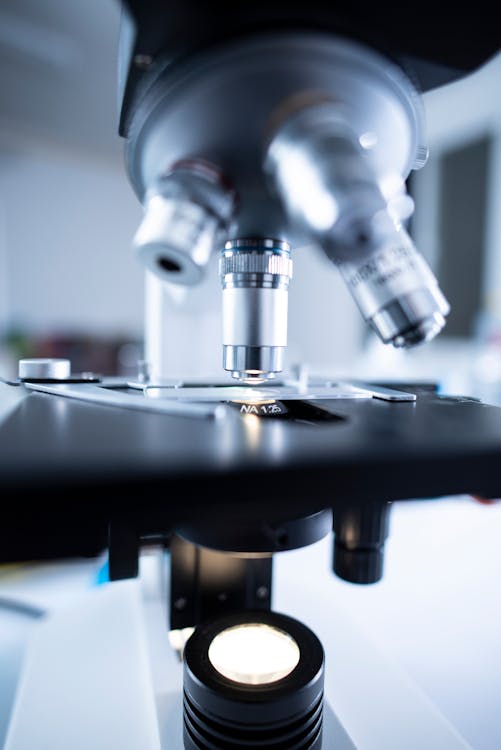Chemical engineers at the University of Wisconsin-Madison have developed a model of catalytic reactions at the atomic scale. This could lead to more efficient catalysts and improve industrial processes, resulting in energy savings. Catalysts accelerate chemical reactions without changing themselves and are crucial for refining petroleum products, manufacturing pharmaceuticals, plastics, food additives, fertilizers, green fuels, industrial chemicals, and more. The researchers developed and used powerful modeling techniques to simulate catalytic reactions at the atomic scale, focusing on reactions involving transition metal catalysts in nanoparticle form.
The team looked at eight transition metal catalysts and 18 reactants, identifying energy levels and temperatures likely to form small metal clusters, which serve as sites on the catalyst where chemical reactions can take place much easier than on the original rigid surface of the catalyst. The study suggests that the energy provided for many catalytic processes is enough to break bonds and allow single metal atoms to move on the catalyst’s surface. These atoms combine into clusters, which can dramatically affect reaction rates.
The study’s findings challenge the foundation of how researchers understand catalysis and how it takes place, potentially offering insights into other phenomena, including corrosion and tribology. The researchers’ experiments were confirmed by collaborators at the University of California, Berkeley, who used atomically-resolved scanning tunneling microscopy to examine carbon monoxide adsorption on nickel. The team said that if the temperatures at which these reactions occur can be reduced even slightly, it could significantly decrease the world’s energy demand and environmental footprint.
The study’s lead author, Manos Mavrikakis, said the research is a breakthrough in computational chemistry research. It shows that metal-metal bonds might not remain intact during the reactions they catalyze. The study provides a framework for understanding the nano and atomic-scale processes that occur during catalytic reactions, potentially improving industrial processes significantly. Mavrikakis plans to investigate how the model could apply to other non-metal catalysts in future work.
The study discussed above was published in Science.
References
- Daley, J. (2023, April 6). New atomic-scale understanding of catalysis could unlock massive energy savings. UW-Madison News; University of Wisconsin-Madison. https://news.wisc.edu/new-atomic-scale-understanding-of-catalysis-could-unlock-massive-energy-savings/
- Xu, L., Papanikolaou, K. G., Lechner, B. A. J., Je, L., Somorjai, G. A., Salmeron, M., & Mavrikakis, M. (2023). Formation of active sites on transition metals through reaction-driven migration of surface atoms. Science, 380(6640), 70–76. https://doi.org/10.1126/science.add0089











